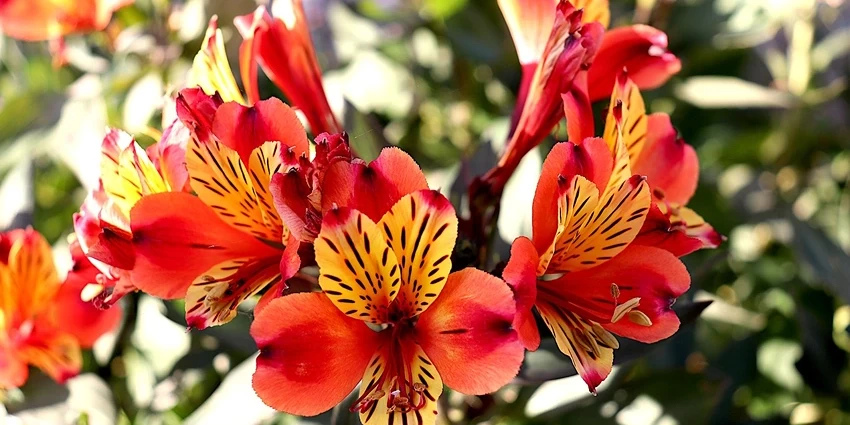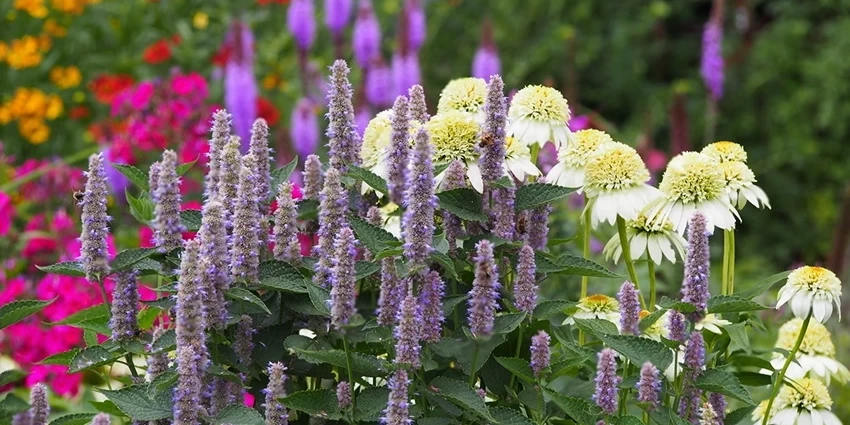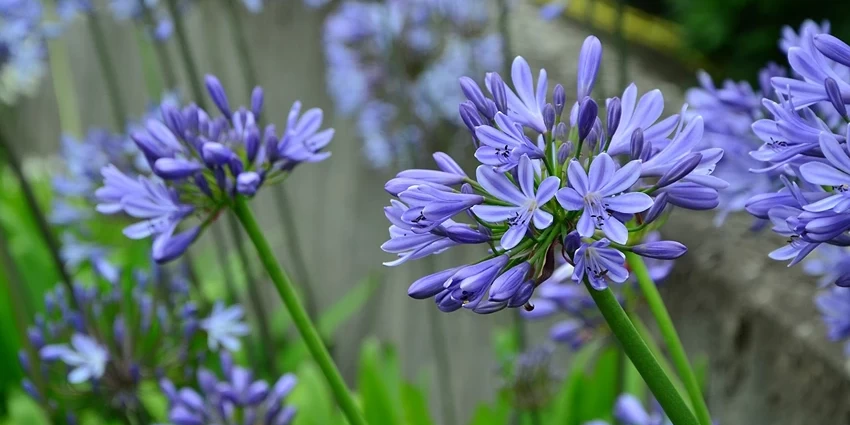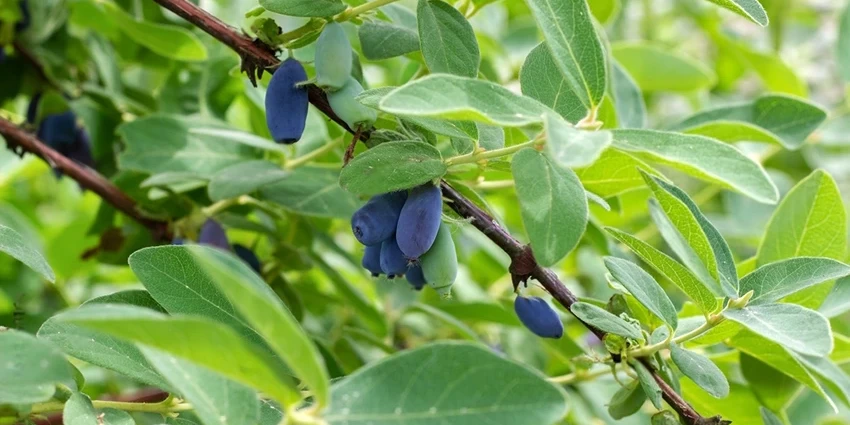All products were chosen independently by our editorial team. This review contains affiliate links and we may receive a commission for purchases made. Please read our affiliates FAQ page to find out more.
Home » How to » Grow Plants » How to grow Flamingo Tree
Flamingo trees, with their striking pink foliage and graceful form, have become a trendy addition to modern gardens. As a gardener, you might be looking for ways to add a splash of color and uniqueness to your green space. Growing a flamingo tree is not just about following a set of instructions; it’s about embarking on a journey with nature, where each step brings you closer to creating a living piece of art. Let’s dive into the world of flamingo trees and discover how you can nurture these beauties in your own backyard.
How to grow Flamingo Tree
To cultivate the Flamingo Tree, plant it in well-drained soil with ample sunlight. Water regularly, keeping the soil consistently moist. Prune selectively to maintain shape and encourage vibrant foliage. In the UK climate, with proper care, the Flamingo Tree adds a touch of exotic beauty to your garden.
Register for our latest in-depth reviews and product round-ups from the experts.
Enter your email address below to receive our monthly review emails.
By entering your details, you are agreeing to our terms and conditions and privacy policy. You can unsubscribe at any time.
Selecting the Right Location for Your Flamingo Tree
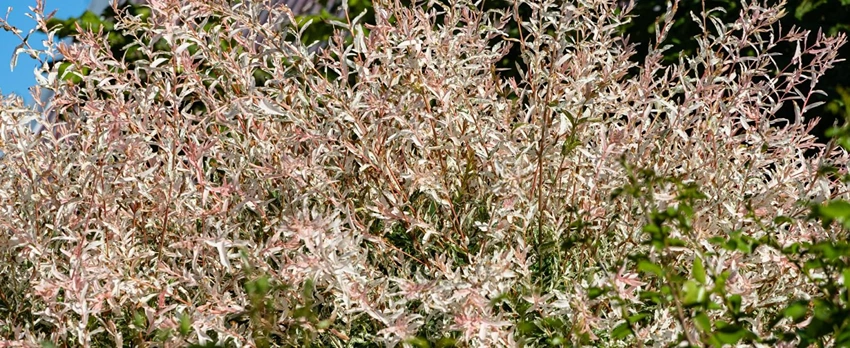
Understanding Sunlight and Shade Needs
Flamingo trees thrive in a balance of sunlight and shade. They need enough sun to bring out the vibrant colors of their leaves, but too much direct sunlight can lead to leaf burn. A spot that receives morning sunlight and afternoon shade is ideal.
Soil Requirements for Optimal Growth
The soil for your flamingo tree should be rich in organic matter and well-draining. A pH level that is slightly acidic to neutral is preferred. You can test your soil’s pH and amend it accordingly to create the perfect environment for your tree.
Planting Your Flamingo Tree
The Planting Process
When planting your flamingo tree, dig a hole twice as wide as the root ball and just as deep. This ensures the roots have enough room to spread out. Mix in compost or well-rotted manure to give your tree a nutrient boost from the start.
Initial Care Post-Planting
After planting, water your tree thoroughly to settle the soil and eliminate air pockets. Mulching around the base can help retain moisture and regulate soil temperature.
Watering and Feeding Your Flamingo Tree
Creating a Watering Schedule
Flamingo trees prefer consistently moist soil. During dry spells, it’s crucial to water your tree deeply. The frequency will depend on your climate and soil type.
Fertilization: Less is More
Flamingo trees don’t require heavy feeding. An annual application of a balanced fertilizer in the spring is sufficient to support their growth.
Pruning for Health and Aesthetics
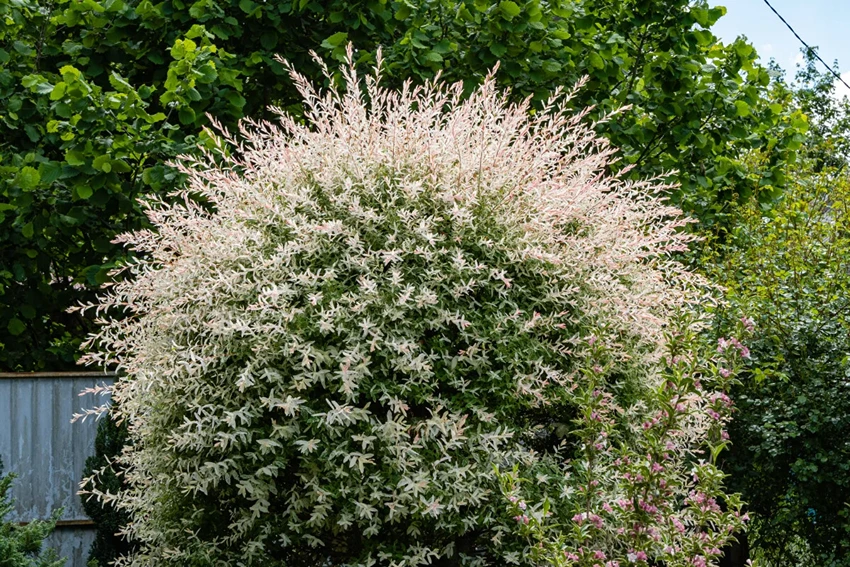
When and How to Prune
Pruning is essential for maintaining the shape and health of your flamingo tree. Prune in late winter or early spring before new growth begins. Remove any dead, damaged, or crossing branches to encourage a strong, attractive form.
Seasonal Maintenance Tips
Regularly check your tree for signs of pests or diseases. Treat any issues promptly to prevent them from spreading. Adjust your care routine with the changing seasons to ensure your tree remains healthy year-round.
Pest and Disease Management
Common Issues and Solutions
Flamingo trees can be susceptible to pests like aphids and diseases such as powdery mildew. Regular inspections and natural treatments can help keep these problems at bay.
Growing Your Flamingo Tree: A Personal Journey
Growing a flamingo tree is more than just a gardening task; it’s a personal journey. As you nurture your tree, you’ll learn to understand its unique needs and quirks. You’ll watch it grow and change with the seasons, each year becoming more beautiful and more a part of your life. Remember, gardening is not just about the end result; it’s about the joy and peace that comes with the process.
Enhancing Growth and Color
Techniques for Vibrant Colors
To enhance the color of your flamingo tree’s leaves, ensure it gets the right amount of sunlight. Too little sun can lead to dull colors, while too much can cause fading or burning.
Supplements for Growth
While flamingo trees don’t need much in terms of supplements, a balanced fertilizer applied in the spring can help promote healthy growth and vibrant foliage.
Winter Care for Flamingo Trees
Preparing for the Cold
As winter approaches, it’s important to prepare your flamingo tree for the colder months. This might include additional mulching around the base and pruning any weak branches that might not withstand heavy snow or winds.
Overwintering Tips
If you live in an area with harsh winters, consider wrapping the trunk of your tree to protect it from frost damage. Ensure the soil around the tree doesn’t become waterlogged, as this can lead to root rot.
As you embark on this journey of growing a flamingo tree, remember that gardening is a form of self-expression. It’s a way to connect with nature and bring a piece of its beauty into your own space. Your flamingo tree will not only enhance your garden’s aesthetics but also become a symbol of your dedication and love for the natural world. Happy gardening!
Advanced Care for Your Flamingo Tree
Encouraging Robust Growth
To ensure your Flamingo Tree reaches its full potential, consider these advanced care tips:
Optimizing Sunlight Exposure
| Sunlight Needs | Description |
| Morning Sun | Ideal for vibrant leaf color |
| Afternoon Shade | Prevents leaf burn |
Soil Enhancement Techniques
| Soil Type | Amendments |
| Clay | Add compost to improve drainage |
| Sandy | Mix in organic matter to retain moisture |
Seasonal Adjustments
| Season | Care Tips |
| Spring | Prune to encourage new growth |
| Summer | Water deeply during dry spells |
| Autumn | Prepare for winter with mulching |
| Winter | Protect from frost and check for waterlogging |
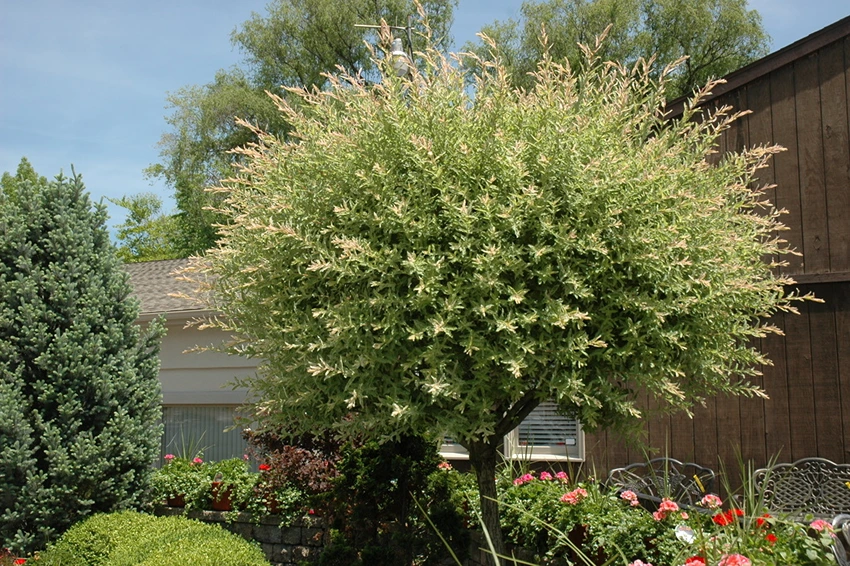
FAQs: Everything You Wanted to Know About Flamingo Trees
Watering needs vary, but generally, keep the soil consistently moist. In hot, dry weather, water deeply once a week.
Yes, they can be grown in large pots, but ensure they have enough room for root growth and adequate drainage.
They can attract aphids and are prone to powdery mildew. Regular checks and natural treatments are recommended.
Ensure your tree gets enough morning sunlight and consider a balanced fertilizer in spring to boost leaf color.
Wrapping Up: Your Flamingo Tree’s Journey
As we wrap up this guide, remember that growing a Flamingo Tree is a rewarding experience that goes beyond just adding beauty to your garden. It’s about forming a bond with nature and enjoying the process of nurturing a living being. Your Flamingo Tree will not only be a stunning addition to your garden but also a testament to your care and dedication.
Eleanor is the quintessential spirit of the British gardener — passionate, dedicated, and endlessly curious about the natural world. Born and raised amidst the verdant landscapes of the Cotswolds, she developed an early love for the outdoors, often spending hours in the family garden with her hands buried in the soil, nurturing every type of plant she could find.



